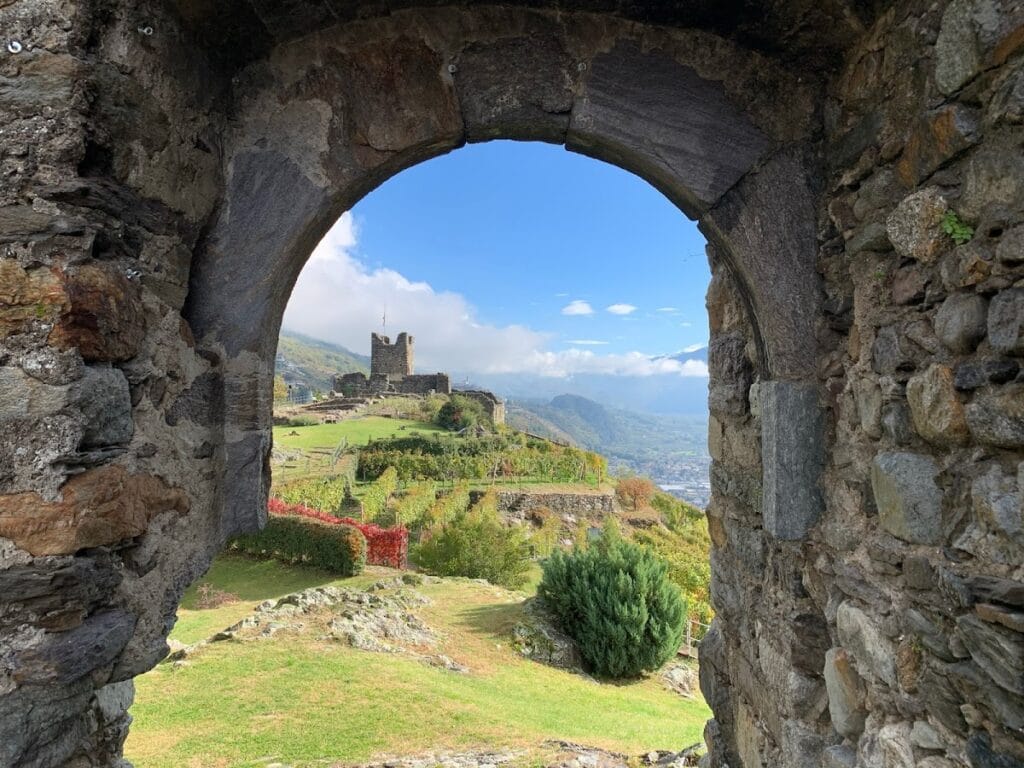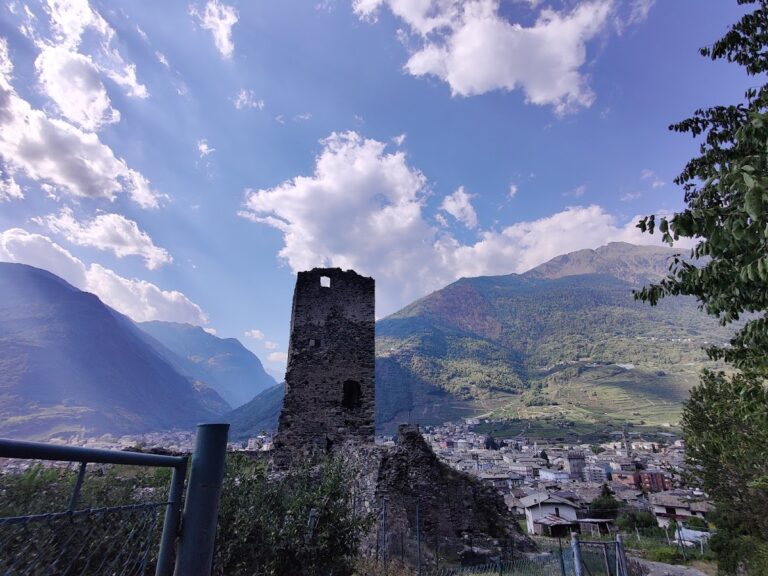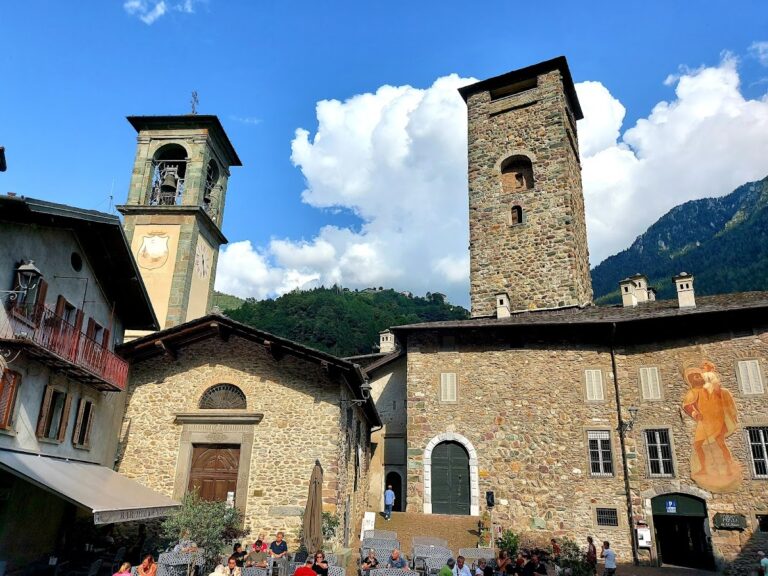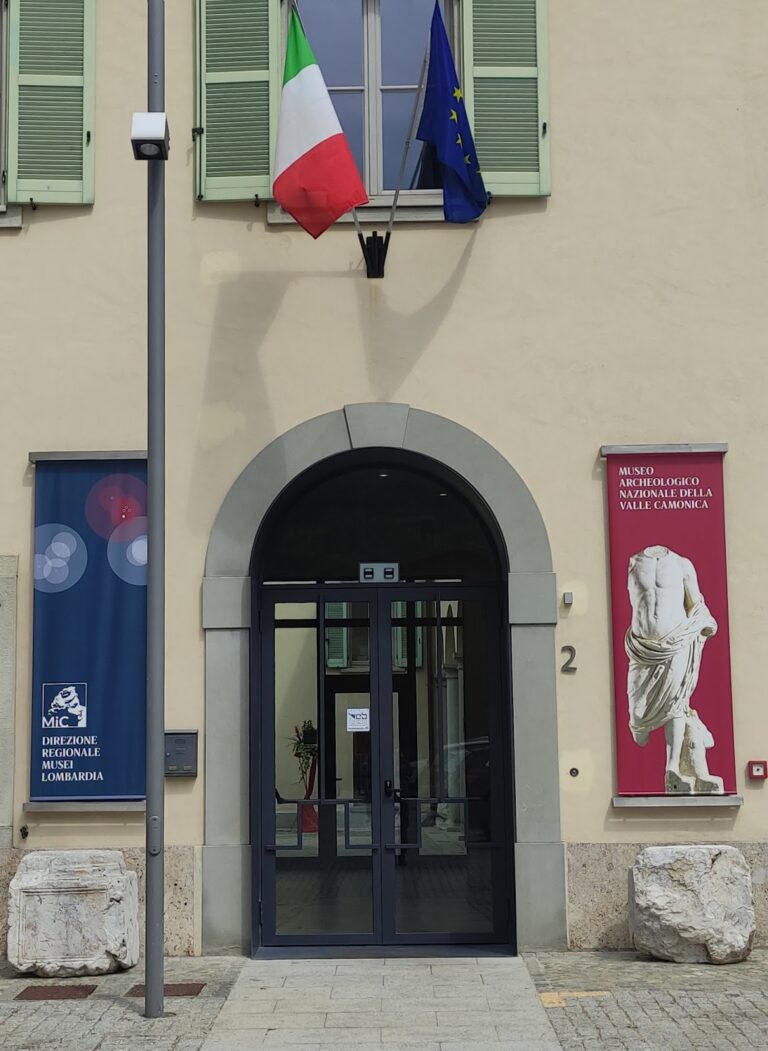Castello Grumello: A Medieval Castle in Montagna in Valtellina, Italy
Visitor Information
Google Rating: 4.6
Popularity: Low
Google Maps: View on Google Maps
Official Website: www.fondoambiente.it
Country: Italy
Civilization: Medieval European
Remains: Military
History
Castello Grumello is situated in the municipality of Montagna in Valtellina, Italy. It was built during the 13th century by members of the De Piro family, a notable local lineage aligned with the Ghibelline faction, which supported the Holy Roman Emperor in medieval Italian conflicts. One prominent figure associated with the castle was Corrado de’ Piro, whose ownership reflects the castle’s role in the regional power dynamics of the time.
The castle’s initial phase included its construction on a steep hill, or grumo, which provided a natural vantage point and defensive advantage. During this period, the site was developed as a fortress with a dual purpose: a residential wing in the west and a military wing in the east. This arrangement reflects the need to harmonize living quarters with defensive and strategic functions amid ongoing political tensions.
In 1372, ownership of Castello Grumello transferred to the De Capitani family, indicating a shift in local aristocratic control. This era likely continued to involve the castle as a center of both habitation and defense. However, the castle’s prominence declined following a significant conflict in 1526 when it was destroyed during the occupation of Valtellina by the Grisons, a confederation from the Swiss region. This event also led to the demolition of the nearby Mancapane castle, which had a strategic link to Grumello via an underground passage, suggesting coordinated defense or escape routes between the two fortifications.
Following its destruction, the castle fell into ruin over the ensuing centuries. In modern times, the site came under the care of the Fondo Ambiente Italiano (FAI), an organization dedicated to cultural heritage preservation, which has worked on restoring parts of the remains for cultural purposes. No historical records hint at religious associations or inscriptions tied to specific rulers beyond these noted events and owners.
Remains
Castello Grumello presents a twin-structure layout originally composed of two main buildings positioned on a steep hillside, emphasizing its defensive siting. These separate wings were once connected by a defensive wall designed to protect the complex, although this wall is now almost entirely lost. The separation of the buildings highlights a clear division in function, with the western section constructed as a residential area, while the eastern section served military purposes.
The surviving tower stands as one of the few substantial remnants, offering a glimpse into the castle’s former fortifications. Beyond the tower, scattered ruins mark the locations of the original structures, but no detailed decorative elements or inscriptions have been documented on these remains. The restorative efforts by Fondo Ambiente Italiano have focused on preserving these fragments and adapting them for cultural activities rather than reconstructing the entire complex.
A notable feature of the castle was its underground gallery linking it to the nearby Mancapane castle. This subterranean passage was likely intended for secure communication or movement between the two strongholds. However, evidence of this gallery is limited to historical records, as its physical traces are no longer prominent.
The construction materials and techniques used for the castle have not been described in detail in the archaeological documentation, nor have decorative motifs or inscriptions been recorded. Today, the castle’s condition is classified as partially preserved ruins, centered on the standing tower while the remainder exists as fragmented structures embedded in the hillside terrain.







